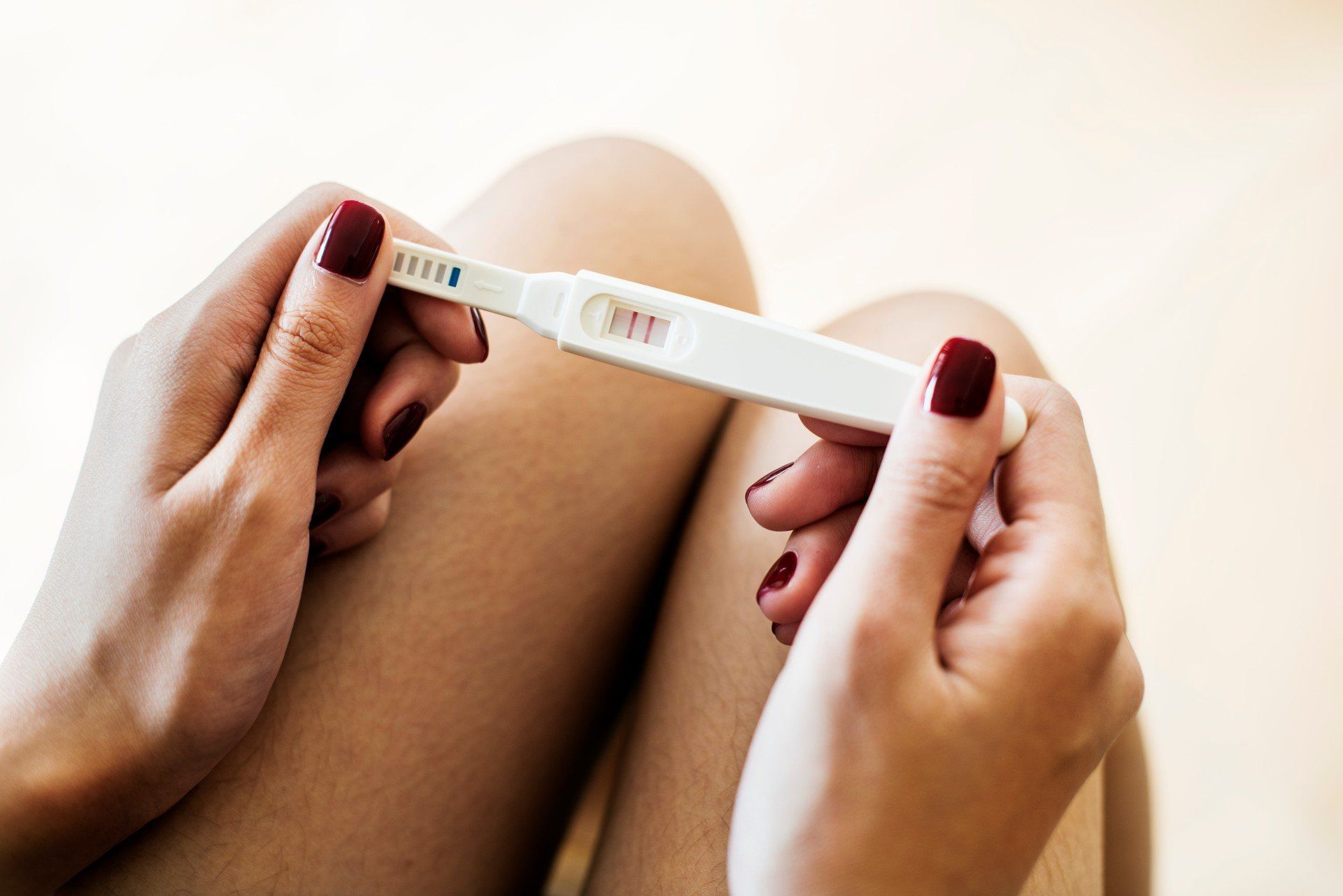MEDICAL ABORTION
First Trimester Method
Mifeprex/Mifepristone (RU486; Abortion Pill) – Up to 10 weeks after last menstrual period (LMP.) This drug is approved for use in women only up to the 70th day after their last menstrual period. The procedure usually requires three office visits. On the first visit, the woman is given pills to cause the death of the fetus. Two days later, if the abortion has not occurred, she is given a second drug which causes cramps to expel the fetus. The last visit is a follow-up ultrasound to determine if the procedure has been completed.
RU486 will not work in the case of an ectopic pregnancy. This is a potentially life-threatening condition in which the fetus lodges outside of the uterus, usually in the fallopian tube. If an ectopic pregnancy is not diagnosed early, the tube may burst, causing internal bleeding and in some cases, the death of the woman.
Second Trimester Induced Abortion
This technique induces abortion by using medicines to cause labor and eventual delivery of the fetus and placenta. Like labor at term, this procedure typically involves 10-24 hours in a hospital’s labor and delivery unit. Digoxin or potassium chloride is injected into the amniotic fluid, umbilical cord or fetal heart prior to labor to avoid the delivery of a live fetus. The cervix is softened, 2-3 days before with the use of seaweed bundles and/or medications. Next, medications are used to induce labor. In most cases, these drugs result in the delivery of the dead fetus and placenta. The patient may receive oral or intravenous pain medications. Occasionally, scraping of the uterus is needed to remove the placenta.
Potential complications include hemorrhage and the need for blood transfusion, retained placenta, and possible uterine rupture.


